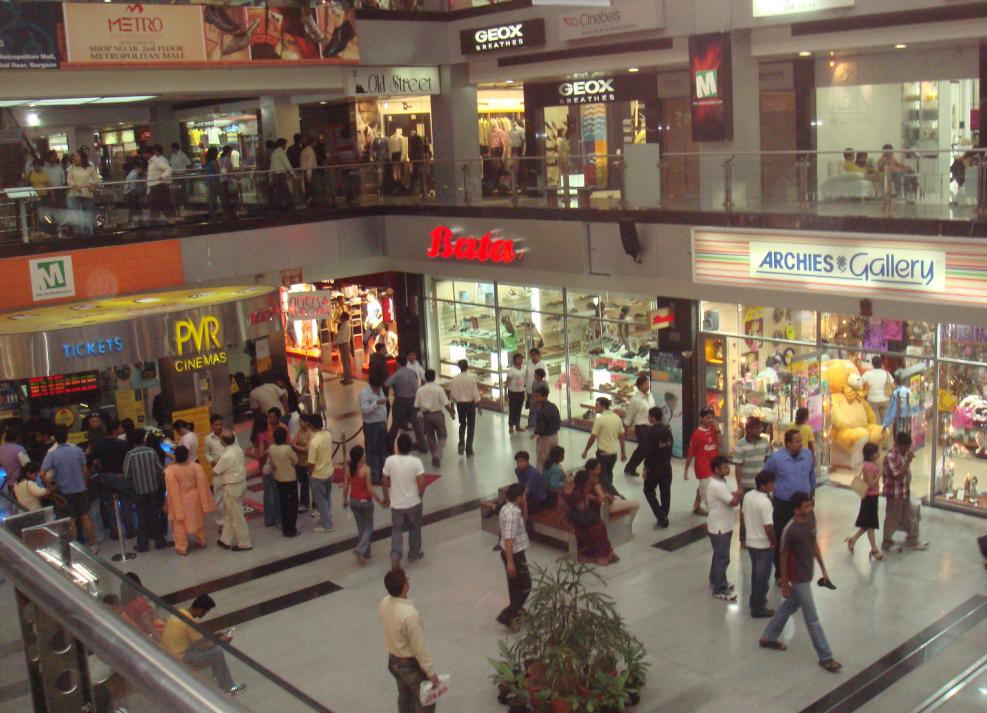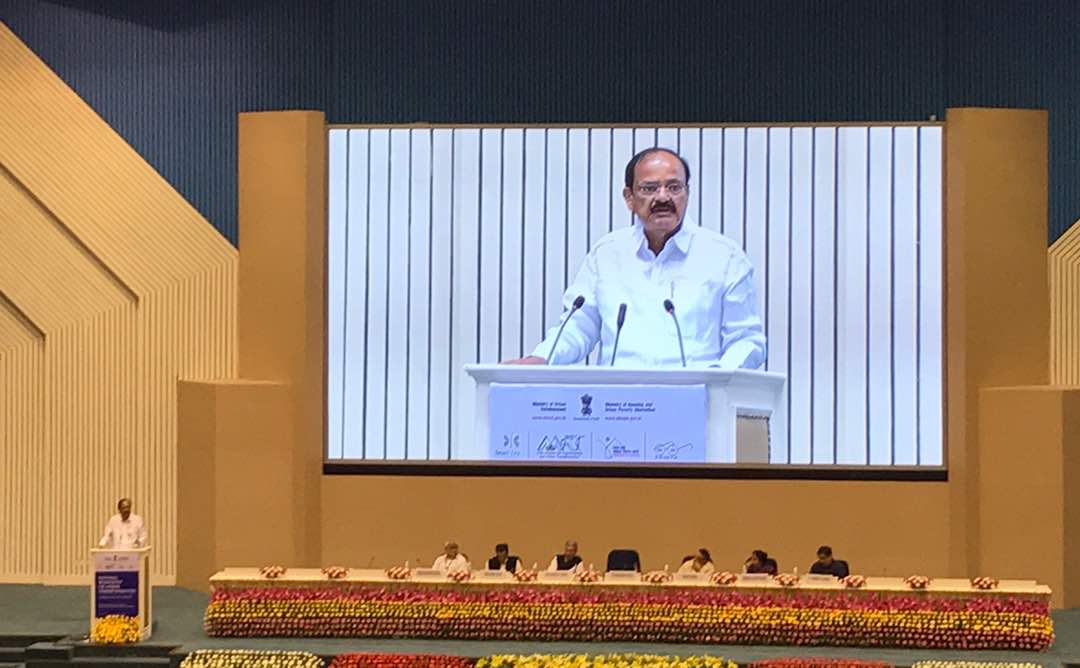
 Commercial property, which includes office spaces as well as shops in malls and shopping complexes, have witnessed 30 percent decline in the prices from their peak values in 2008 because of a glut in supply and weak demand over the past few years.
Commercial property, which includes office spaces as well as shops in malls and shopping complexes, have witnessed 30 percent decline in the prices from their peak values in 2008 because of a glut in supply and weak demand over the past few years.
A fifth of commercial space is vacant in India because a slowdown in the economy has reduced the frequency with which new businesses come up and existing ones scale up. Addition of new space has made the situation worse, say property advisers. Prices have fallen the most for mall space: the average price of shops in malls has more than halved between 2007 and 2013.
Leading property consultants, JLL, say that in the Mumbai city, the commercial capital of India, real estate prices have dropped 34.7 percent from the peak of 2008, while those in the suburbs are down 30.7 percent.
The situation is worse in Delhi, with prices down by about 38.7 percent. In Gurgaon’s off-prime areas, commercial space is available at rates 39.3 percent cheaper than in 2008, while in Noida, the prices are down 19.2 percent. Among other places, prices are down 7.3 percent in Chennai and 8.3 percent in Pune. The only market that is in the positive territory, though only marginally, compared with the 2008 level is Bangalore, where prices are up 0.2 percent.
HDFC Chairman Deepak Parekh said, “Prices of commercial property have fallen more than even residential property,”. He further said that the market is soft today and secondary sales have slowed down and prices in that segment have come down, too.
Until the Lehman crash in 2008, which triggered the the global economic crisis in the first place, office rentals and capital values were posting steady increases and several developers were executing commercial projects across the country. Post the crash, however, prices dropped considerably and the problem was compounded over the next few years as the under-construction supply came on board, putting further pressure on pricing.





















